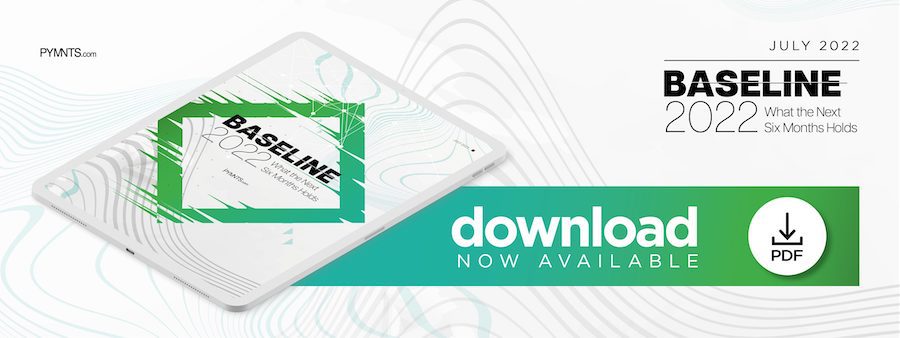Incentives Will Be Critical Tools for Maintaining Loyalty Amid Inflation

Sylvain Mansier, general manager, payments at Inmar Intelligence, writes in the PYMNTS eBook “Baseline 2022: What the Next Six Months Holds” that investing in back-office innovation will pay dividends over the long haul by helping companies protect their margins.
Given the current environment — rising inflation and interest rates, supply chain issues, and volatile equity markets — companies are preparing for economic uncertainty. People are talking about a “recession,” and everyone’s looking at what the Fed is doing to combat inflation.
Companies are wrestling with how best to maintain margins in the face of inflation, which will ultimately result in price increases for the consumer. However, companies need to be conscious of how these increases will affect consumer demand and proactively take steps to become more strategic with marketing investments.
Adding to the complexity are ongoing supply chain disruptions. More than two years after the start of the pandemic, consumers’ frustration continues as they’re still unable to find products on the shelf. Now, more than ever, companies need to manage brand equity and consumer loyalty in a world where sometimes the issue is product availability, and other times the product is on the shelf, but the price has increased. So how do you maintain loyalty and consumer engagement?
Brands need to consider how to use incentives more effectively and efficiently. This requires understanding consumer behavior to target those more price-sensitive customers rather than taking the margin hit across the board. It also means rethinking the world of incentives and coupons. For example, traditional paper coupons are proving less impactful at appeasing customers — companies need to think bigger and go digital. Not only are digital incentives more cost-effective, but customers simply prefer them. Leveraging incentives wisely can be a life-saving strategy amidst ongoing inflation and supply chain issues when attracting and retaining consumers.
What new shifts will have to be made?
Back-Office Investments Will Help Protect Margins
In this state of potential economic recession, companies expect aggregate declines in consumer demand, which will further highlight the need for operational efficiencies to protect margins. Companies should pivot emphasis toward cost reduction strategies. Investments in back-office improvements are often not prioritized. However, companies that take the time to automate today will be better poised to weather a recession, and further thrive once growth and demand rebound. Digital transformation and automation have the additional benefit of creating structured data that can be easily analyzed and utilized to develop actionable insights. Therefore, streamlined operations will not only make teams more efficient — ultimately cutting costs — but also enable companies to better serve customers and collaborate with business partners.
The state of the economy is an opportunity for technologies that can help automate day-to-day challenges businesses face, such as time-consuming manual payments or accounts receivables. It’s no surprise the technologies that will see the most adoption in the near term are those that can be implemented quickly and seamlessly — resulting in immediate savings and rapid return on investment. Companies are already starting to invest in these technologies, but the real test will be whether they continue building their automation foundation or revert to old ways of slashing budgets and cutting costs. Those companies that choose the former will surely not regret it.

